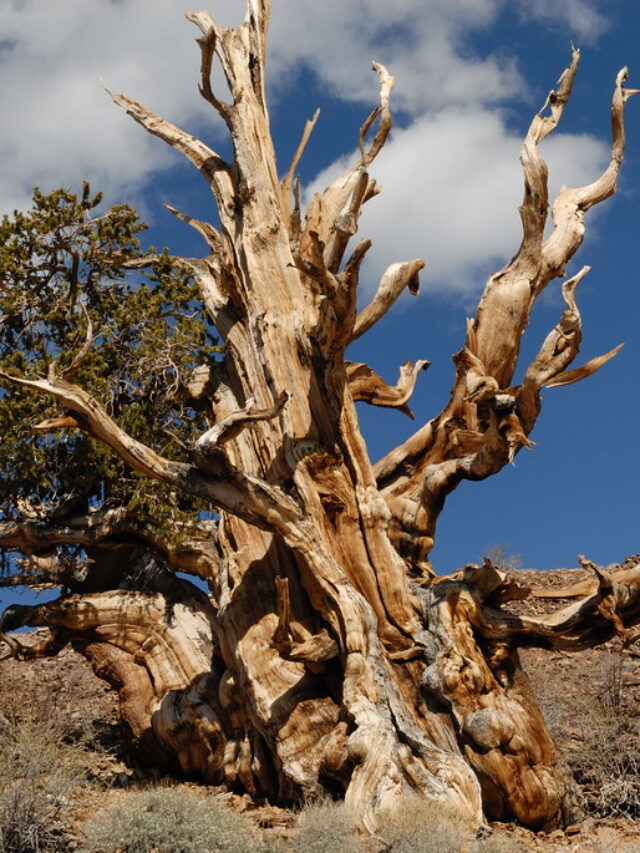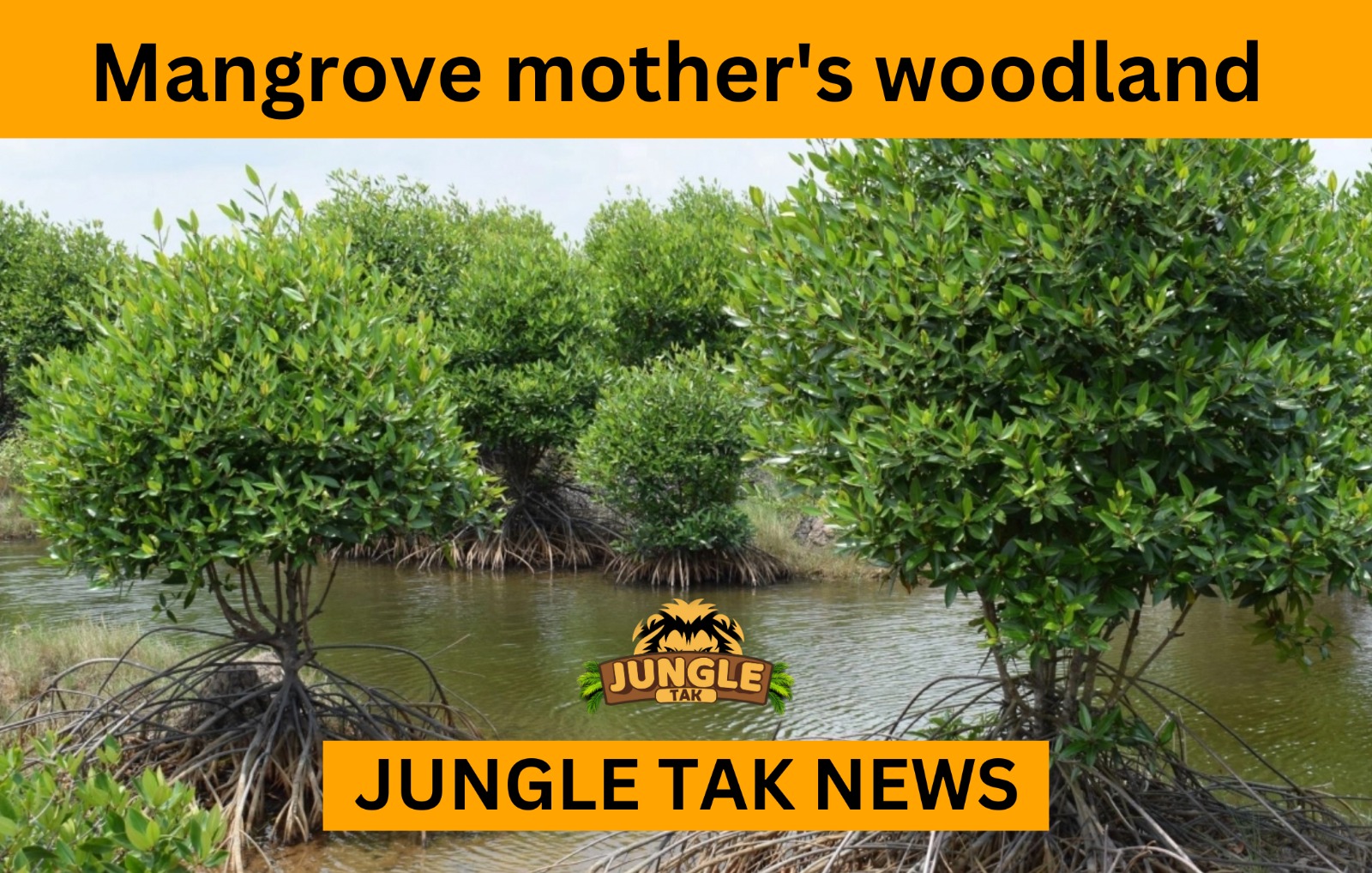Biographical Information - Roshan KhamariName: Roshan Khamari
Date of Birth: February 12, 2002
Place of Birth: Kalahandi District, Odisha, IndiaRoshan Khamari is a dynamic and visionary individual with a passion for nature, wildlife, and journalism. Born on February 12, 2002, in the scenic landscapes of Kalahandi district in Odisha, India, Roshan's upbringing in the midst of lush forests and vibrant wildlife fostered a deep connection with the natural world from a young age.Driven by his love for nature and wildlife conservation, Roshan embarked on a dual educational journey, pursuing both a BA in Journalism and Mass Communication and a BSc in Forestry, Wildlife, and Environmental Science simultaneously. This unique combination reflects his commitment to raising awareness about environmental issues and using journalism as a powerful tool to amplify nature's voice.As a young and enthusiastic advocate for the environment, Roshan's passion led him to found Jungle Tak, India's first forest-based news platform. Through Jungle Tak, Roshan endeavors to bring people closer to the wonders of the wild, inspiring a deeper appreciation for nature's beauty and fostering a sense of responsibility towards conservation.With an academic background in journalism and forestry, wildlife, and environmental science, Roshan strives to use his knowledge and platform to educate, engage, and empower others in the realm of nature and wildlife conservation.As he continues on his journey to make a positive impact on the environment, Roshan's dedication, vision, and unwavering commitment to preserving the beauty of our planet's wilderness serve as an inspiration to all.Biographical Information updated as of August2023






























